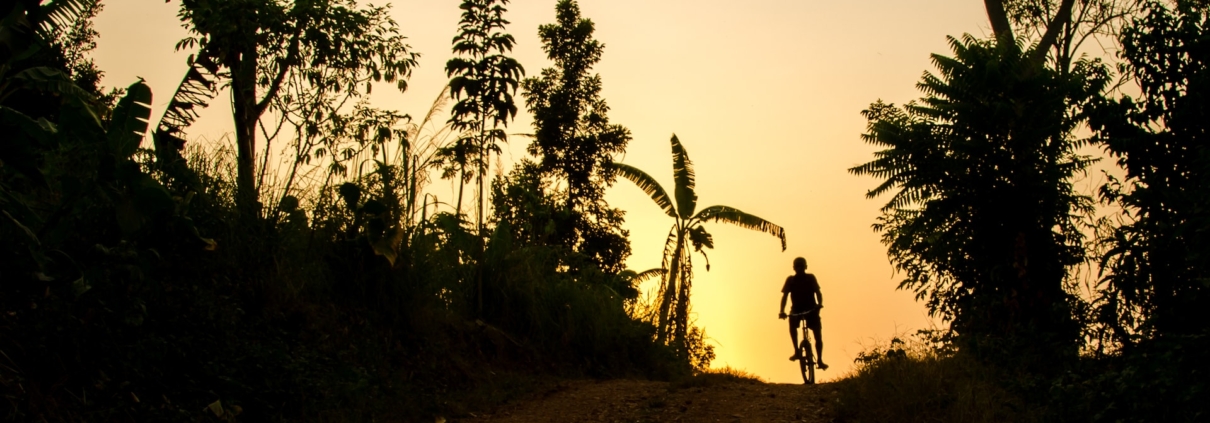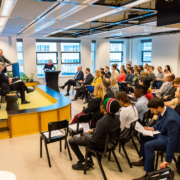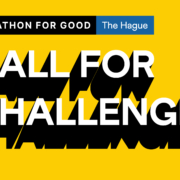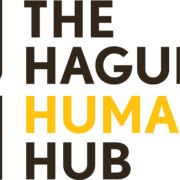Unlocking climate finance can prevent a ‘vicious cycle’ of conflict risks: an interview with Adrianna Hardaway of Mercy Corps
By Thomas Ansell
It is becoming ever clearer that in the coming years the intersection of climate and conflict will form a combined threat to states and regions that already have fragile security situations. Building resilience and capacity through climate financing could be one way to ameliorate the situation.
To get a better picture of how fragile states might mitigate these threats through climate financing and to better understand how climate change and conflict risks interact, we spoke to Adrianna Hardaway, Mercy Corps Senior Policy Advisor on Climate. Mercy Corps is a member of The Hague Humanity Hub and co-hosted The Hague Roundtable on Climate and Security at The Hague Humanity Hub in March.
Conflict and Climate Change combining for (negative) impact
“At Mercy Corps,” says Adrianna, “we believe that the relationship between climate and conflict must be understood as a ‘vicious cycle’: the effects of climate change create profound shocks and stresses that can aggravate conflict risks.” While we often think of climate change in terms of global temperature rises; for example, COP26’s call to ‘keep 1.5 alive’, changes in local climate will vary widely depending on locality. As Adrianna says: “the OECD predicts that by 2030, 2.2 billion people will live in fragile states, which will represent 26% of the total world population. So, this challenge will be far-reaching and impact many regions of the world.”
Take, for example, the Sahel Region. A 2022 report from the Council on Foreign Relations noted that the Sahel would be hit harder by extreme weather events and a warmer climate, both of which severely threaten the region’s agriculture-based economy. At the same time, large areas of the Sahel are suffering from a militant insurgency – doubling the likelihood of people being forced to leave. The two phenomena combine to support each other, with further instability and lack of economic opportunities helping to drive more people to a militant cause.
How could climate financing help to prevent conflict? And how what sort of access do fragile states have?
As Adrianna says, three general types of climate financing are available to help build resilience and adaptation to climate change. “Bilateral finance is money developed countries must provide under the UN climate accords. These countries committed to 100bn USD per year from 2020 for this, but in 2020 these countries only provided 83bn USD. There is also multilateral financing: climate funds like the Global Environment Facility (GEF) or the Least Developed Counties Fund. Some of these funds have specific mandates to support countries adapt to the impacts of climate change.” Finally, adds Adrianna, there’s Private Finance that can come from philanthropy or businesses.
There is a combined problem, says Adrianna, that lots of countries are unable to access these funds. “One is strategic will; the complexities of these states mean that conflict dynamics evolve rapidly and security can deteriorate quickly – and these factors are typically at odds with the risk tolerance and appetite of climate finance providers. Secondly, where government institutions are weak and financial management processes don’t meet rigid accreditation standards, securing the ability to implement projects using financing from climate funds. Additionally, , local communities and civil society organisations have virtually no avenues to access sources of climate finance directly.
“Thirdly, climate funding is quite inflexible and so often unable to adapt to volatile situations. In addition, conflict-sensitive guidance for projects is inconsistently adopted, and adaptation projects lacking such considerations may exacerbate conflict. Finally, standard Monitoring and Evaluation processes limit the ability of climate funders to monitor risks on the ground- as information stays between local communities and implementing partners. In general, too, not having a flow of information hinders coordination between (for example) funders and development partners.”
How does the current climate financing model affect fragile states in unintended ways?
Whilst climate financing undoubtedly provides a strongly needed stream of income to support projects and programmes in fragile states, its rooting within global financial norms can also have unintended consequences. “[It’s] increasingly becoming a driver of debt distress in the Global South, particularly for small island nations and African countries,” says Adrianna, “lower-income countries have to pay higher interest rates on loans compared to wealthier countries and, in 2020, over 70% of climate finance was provided as a loan. As a result of debt distress, the countries that have done the least to create the climate crisis are stuck paying the most.”
Adrianna continues: “Furthermore, these countries are forced to make the difficult choice of paying down their debt or adapting to climate impacts and cutting emissions. Developing countries are raising the alarm over debt distress. They have proposed a series of reforms to the international financial system to ensure it can be fit for purpose in an era of climate change. These reforms have been championed by the Prime Minister of Barbados, Mia Mottley, and are called the Bridgetown Initiative.”
Indeed, says Adrianna, as research conducted by Mercy Corps with the Zurich Flood Resilience Alliance shows, climate financing could benefit from looking towards different models to achieve better outcomes.” If your primary focus is minimising risk, then those fragile and conflict-affected states will always be de-prioritised for support in favour of more stable places. Rethinking risk appetite is key. We can’t rely solely on funding from donors to address the climate crisis, so private sources of finance are needed to address ongoing and developing needs.”
For more information about Mercy Corps’ work on Climate and Conflict, check out their website. For further reading on the intersections between climate change and conflict, check out Mercy Corps’ report from 2021 ‘Addressing the Climate-Conflict Nexus’. The Hague Climate and Security Roundtable at The Hague Humanity Hub took place in March 2023, for more information about the next roundtable, see their website. Our thanks to Adrianna Hardaway for her time and expertise!
Photo by Jeff Ackley on Unsplash









